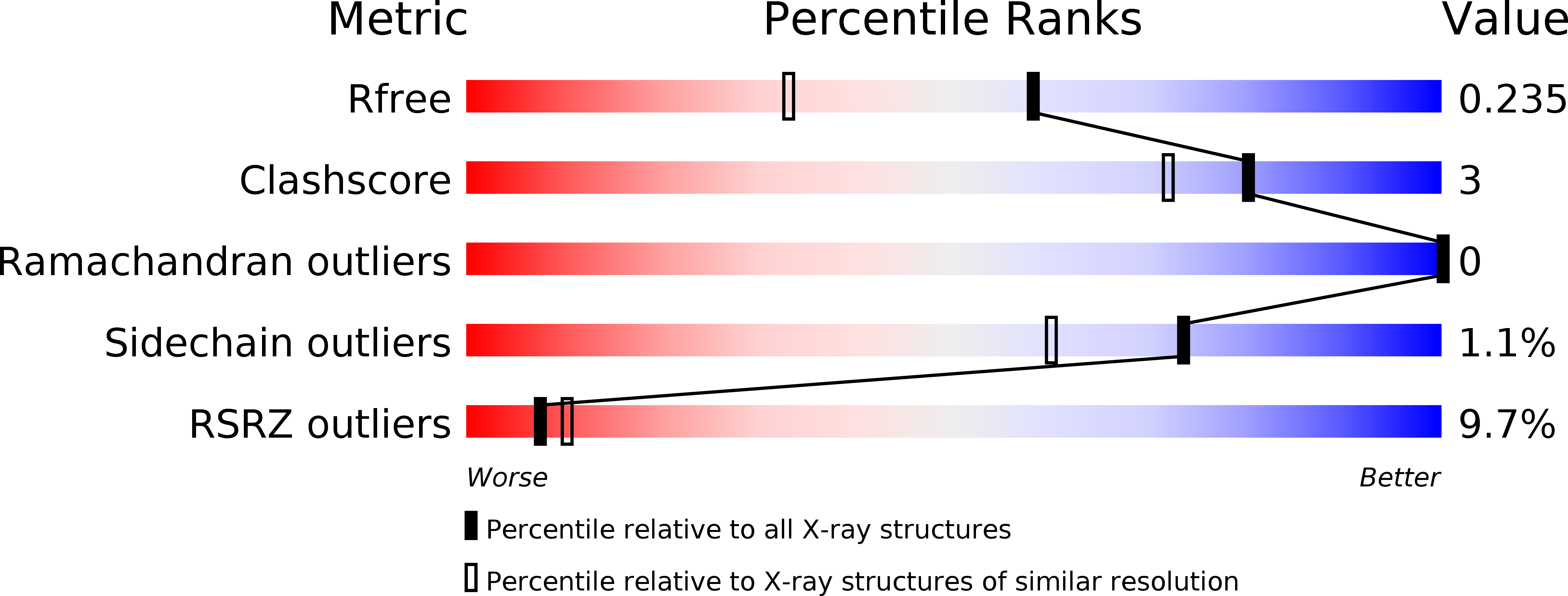
Deposition Date
2004-03-10
Release Date
2004-12-14
Last Version Date
2024-10-09
Entry Detail
PDB ID:
1SNG
Keywords:
Title:
Structure of a Thermophilic Serpin in the Native State
Biological Source:
Source Organism:
Thermobifida fusca (Taxon ID: 2021)
Host Organism:
Method Details:
Experimental Method:
Resolution:
1.76 Å
R-Value Free:
0.22
R-Value Work:
0.18
R-Value Observed:
0.18
Space Group:
P 21 21 21


